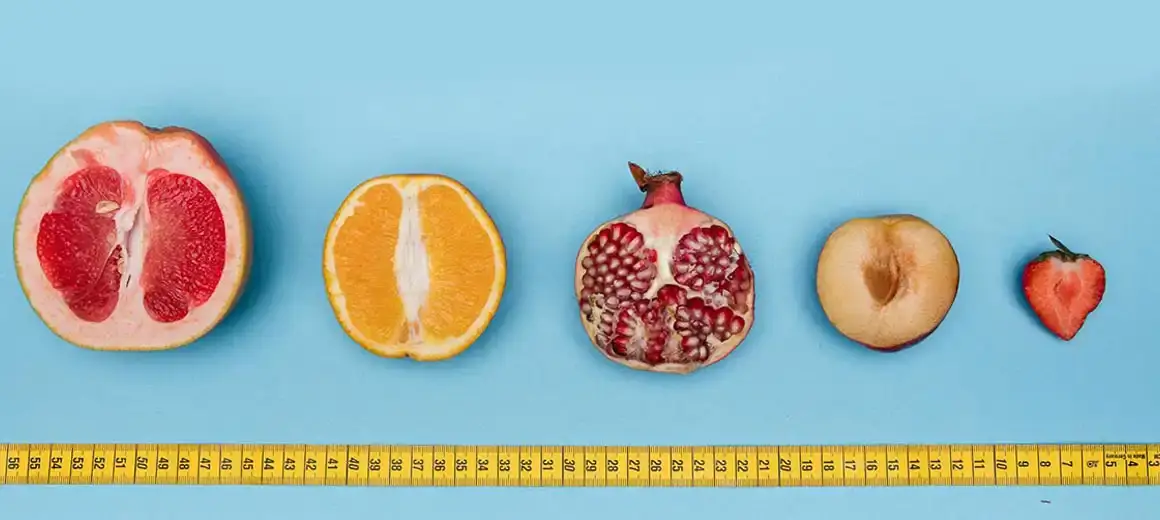Five Ways Your Vagina Might Change After You Give Birth

- May 25, 2022
- by The Ginger-U Team
“The heart is capable of sacrifice. So is the vagina. The heart is able to forgive and repair. It can change its shape to let us in. It can expand to let us out. So can the vagina. It can ache for us and stretch for us, die for us and bleed and bleed us into this difficult, wondrous world. So can the vagina.”
This extract from Eve Ensler's Vagina Monologues highlights the resilience of the vagina. Although the female genitalia changes with age and different reproductive stages, childbirth alters its anatomy and functioning like nothing else.
So, what exactly happens to your vagina after birth (i.e., after the baby is out)? Read this blog to know more.
- Vaginal Laxity
Pushing a tiny human out through a tiny hole is no mean feat. The ovary and the placenta produce the hormone relaxin that loosens pelvic ligaments and slackens the cervix to aid this process. The cervical canal grows by 10 centimeters in diameter to facilitate the baby's passage through the birth canal to the vagina. The skin and muscles stretch as the baby enters the vagina for delivery. The immense pressure on the vaginal walls reduces the tightness and sensitivity of the area. However, this flaccidity is not permanent, and the vagina regains its shape and size after childbirth. - Bleeding and Discharge
Bleeding and discharge after childbirth, also known as lochia, are expected. It is the body's mechanism to expel excess uterine blood and tissue that helped the baby grow. Be prepared for heavy to very heavy bleeding for the first few days after delivery. The blood may look bright red and become lighter in color within the next few weeks. After that, the flow decreases and gradually stops. However, consult your doctor if the bleeding does not subside within a few days or if there's excessive bleeding. These are the signs of postpartum hemorrhage or uterine atony and need immediate medical attention. - Soreness and Pain
The intense pressure on your vagina because of labor pain and delivery causes vaginal pain and soreness. The pain and soreness may also affect the anus and perineum, the area between your vulva and anus. Swelling and inflammation may also last several weeks after the delivery. These issues resolve on their own within 6-12 weeks. If you have had an episiotomy, the stitches should heal within a month after childbirth. - Dryness in Vagina
Lower estrogen level after delivery and while breastfeeding is the primary causes of vaginal dryness. Decreased estrogen affects vaginal lubrication, PH level, and tissue elasticity. - Urinary Incontinence
Bladder weakness resulting in involuntary urine leakage with sneezing, coughing, laughing, or doing strenuous activity is one of the side effects of childbirth. The muscles around the pelvis and bladder weaken after the delivery and decrease the bladder's ability to hold the flow. Postpartum urinary incontinence may last up to a year.
What Can You Do About Changes To The Vagina After Giving Birth?
You may experience one or more changes in the vagina after childbirth. Contact your OBGYN if these changes interfere with your day-to-day life or childcare. In addition, here are a few self-care tips for women to manage post-delivery vaginal metamorphosis.
- Avoid sitting on hard surfaces.
- Use plain water and mild soap to wash your vagina. Avoid harsh soaps or scented tissues.
- Gently wipe from front to back after urinating or bowel movement.
- Use double sanitary pads and put an ice pack between them to relieve soreness and swelling down there.
- Sit in a tub full of warm water to manage vaginal pain . Ask your healthcare provider if you can apply numbing cream on your vagina or take OTC pain relief medications.
- Drink plenty of water and eat a fiber-rich diet to soften stool. Straining during bowel movement may deepen the tear and cause bleeding.
- Use a suppository containing hydrocortisone or an OTC hemorrhoid cream to manage swelling near the anus that makes bowel movement painful. If needed, ask your health care provider to prescribe a laxative. However, laxatives could be habit-forming and may further weaken the body's natural ability to empty bowels; therefore, take them as advised by your doctor.
- Contact your doctor if you are experiencing abnormally heavy vaginal discharge, with or without fever and pelvic pain. Changing 1-2 maternity pads every hour indicates excessive bleeding.
- Ask if your doctor recommends an over-the-counter pain reliever if afterpains or contractions after childbirth become severe. The release of the hormone oxytocin during breastfeeding contributes to cramps after delivery.
- Wear postpartum pads to manage urinary incontinence. Kegel exercises that retrain and strengthen your pelvic floor muscles also work to regain bladder control. Try shedding extra weight as it puts pressure on the bladder.
- Wait for two to six weeks before resuming sex. Allow your body to heal and be ready for sex. Vaginal dryness and tenderness might make you take longer to reach orgasm. Use lubricants to counter vaginal dryness. Consult your doctor if sex is painful even after taking steps to relieve pain and dryness.
- Communicate with your partner and share the issues you are going through during the postpartum period. The vaginal recovery period is not the same for every woman. Some women may find it more difficult and uncomfortable. If you are managing childcare alone, seek help from a family member, friend, or health counselor.
Vaginal changes after delivery are inevitable. However, you can manage the pain and discomfort effectively with some effort.

Comment